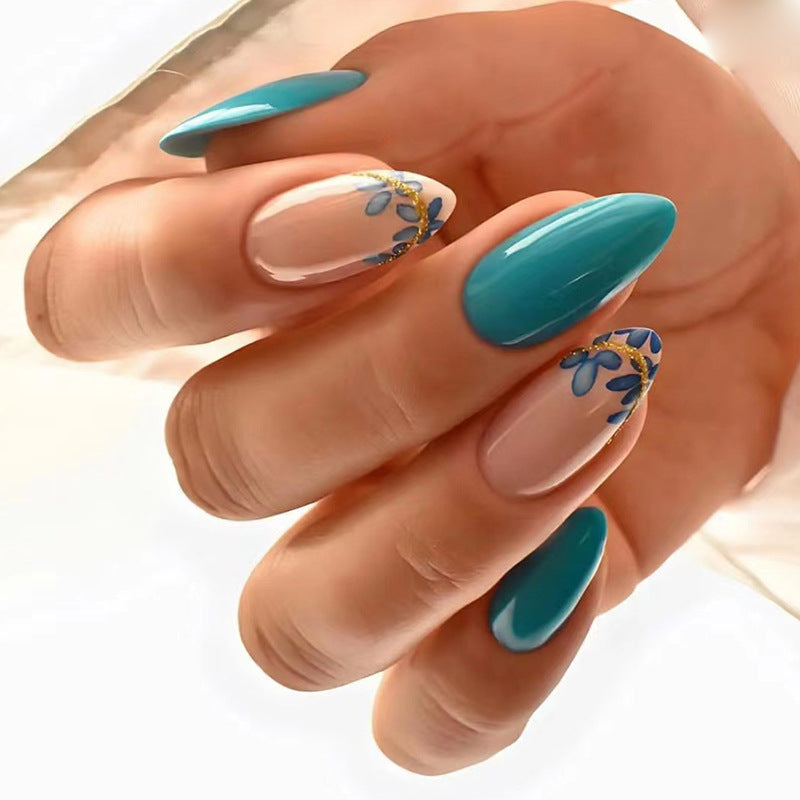
How to Get Rid of Hangnails
A hangnail is a small piece of torn or damaged skin at the base or side of a fingernail or toenail. Hangnails can be painful and annoying, and are usually caused by dry skin or nail biting. They can occur when the skin around the nail bed becomes dry, cracked or irritated, leading to a small tear or separation of the skin from the nail. Hangnails can be treated by gently trimming off the loose piece of skin with a clean pair of nail scissors or clippers, and then applying an emollient or moisturizing cream to the affected area to soothe the skin.
What Causes Hangnails?
Hangnails are typically caused by dry or damaged skin around the nails. Some common causes of hangnails include:
- 1. Dry skin: If your skin is dry, it is more likely to crack and peel, which can lead to hangnails.
- 2. Nail biting: Biting your nails or picking at the skin around your nails can cause hangnails.
- 3. Exposure to water: Frequent exposure to water, such as when washing dishes or swimming, can dry out the skin around your nails and make it more prone to hangnails.
- 4. Harsh chemicals: Exposure to harsh chemicals, such as those found in cleaning products or nail polish remover, can also dry out the skin and increase the risk of hangnails.
- 5. Certain medical conditions: Certain medical conditions, such as eczema or psoriasis, can cause dry, flaky skin, which can lead to hangnails.
To prevent hangnails, it is important to keep your skin and nails well-moisturized and to avoid picking at your nails or biting them.
How to Get Rid of Hangnails
If you have a hangnail, here are some steps you can take to get rid of it:
Step 1. Trim the hangnail: Using a clean pair of nail scissors or clippers, carefully trim the hangnail as close to the base of the nail as possible. Do not pull or tear the hangnail, as this can cause further damage and pain.
Step 2. Soak your fingers: Soaking your fingers in warm water for 10 to 15 minutes can help to soften the skin around the hangnail and make it easier to remove.
Step 3. Apply a moisturizer: After soaking, apply a moisturizer or emollient to the affected area to soothe and hydrate the skin.
Step 4. Cover the hangnail: If the hangnail is particularly painful or prone to catching on clothing or other objects, you may want to cover it with a bandage or a small piece of tape.
Step 5. Avoid biting or picking at your nails: To prevent future hangnails, it is important to avoid biting or picking at your nails, as this can damage the skin and lead to more hangnails.
In some cases, a hangnail may become infected, causing redness, swelling, and pus. If you experience these symptoms, it is important to see a healthcare provider, who may recommend antibiotics or other treatments to prevent the infection from spreading.
How to Prevent Hangnails?
- Keep your hands and nails moisturized: Apply a moisturizer or emollient to your hands and nails regularly, especially after washing your hands or being exposed to water.
- Avoid biting or picking at your nails: Biting or picking at your nails can damage the skin around your nails and increase the risk of hangnails.
- Use gentle products: Avoid using harsh soaps or cleaning products that can dry out your skin and nails.
- Wear gloves: When doing tasks that may expose your hands and nails to water or harsh chemicals, wear gloves to protect your skin.
- Trim your nails regularly: Keeping your nails trimmed and tidy can help prevent them from catching on clothing or other objects and causing hangnails.
- Avoid cutting your cuticles: Your cuticles help protect the base of your nails from infection, so it is important not to cut them. Instead, gently push them back with a cuticle pusher or trim them with a small pair of scissors if necessary.
By following these tips, you can help prevent hangnails and keep your hands and nails healthy and moisturized.
Hangnails are a prevalent condition, especially during cold weather when the skin tends to dry out. Individuals with dry skin, a nail-biting habit, or those who trim their cuticles too low are more susceptible to getting hangnails.
Although hangnails can be painful, they can be avoided by maintaining adequate skin hydration and incorporating some lifestyle modifications.
If an infected hangnail persists for over a week, it is advisable to seek medical attention.